Welcome to our Technical Data Resource! Here you will find the Technical Datasheets, Project Schematics, Drawings, etc. that we use here to guide us. We figured if we need it, maybe you need it too!
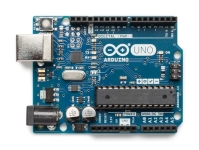
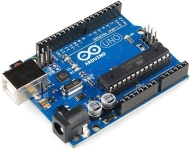
The Arduino Uno - Measures 55x77mm or 2-1/8" x 3". The Uno is the most popular and used for most introductory tutorials. It is a relatively small form factor and is easy to use for prototyping. You won't find alot of Uno projects on this website simply because at some point you are either going to need something smaller, or more importantly something more powerful.
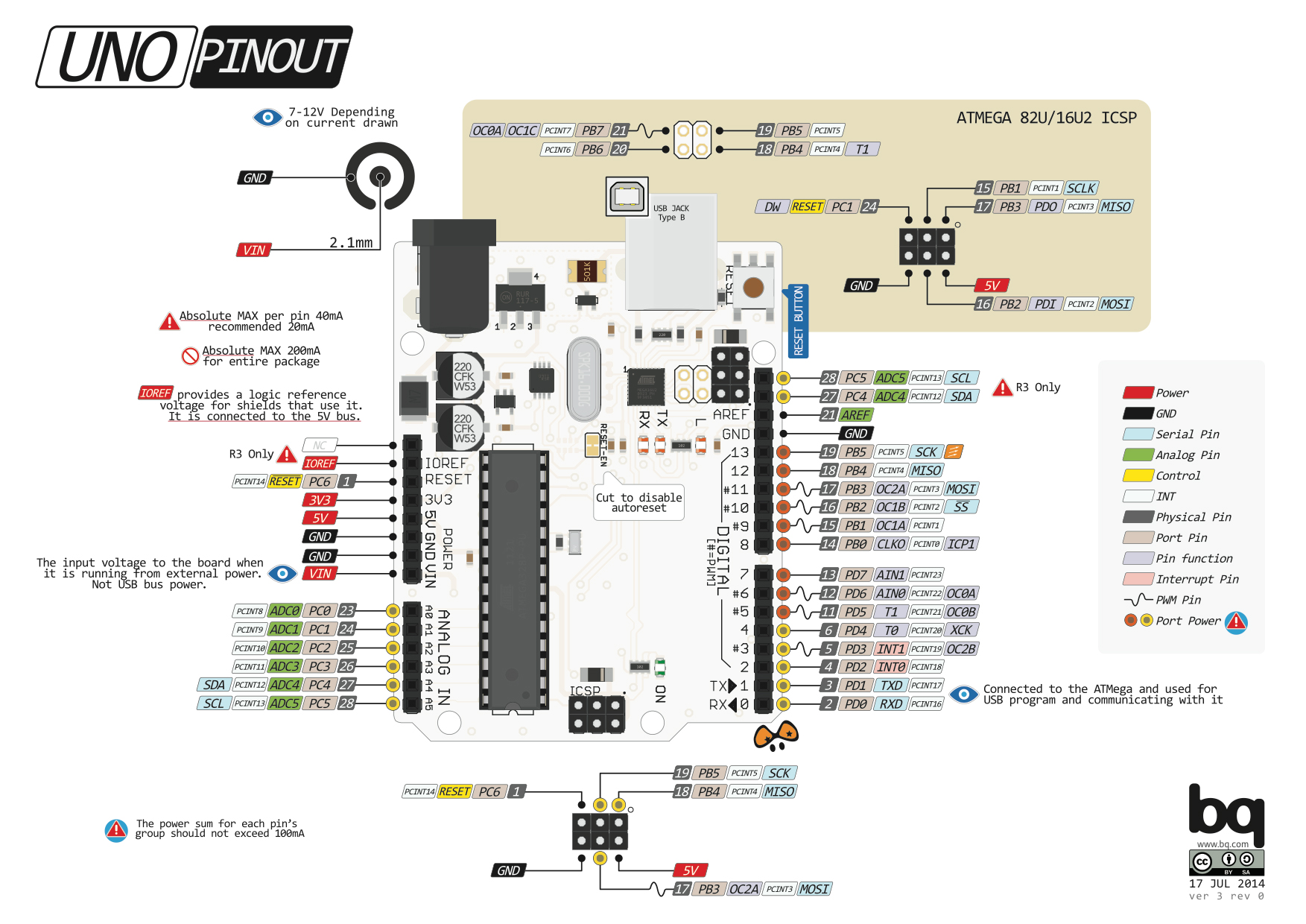 CLICK!
CLICK!


The Arduino Mega2560R3 - Measures 101.52x53.5mm or 4" x 2.1". The Mega2560R3 is the most capable of the Arduino Line. It has 16 Analog Pins, 54 Digital Pins of which 15 provide PWM and more memory. We use one of these to power our Super Smartcar and we offer a very deluxe Mega Console perfect for young experimenters. The Mega does everything the other ones do and more. It even has more clocks for doing more interrupts!
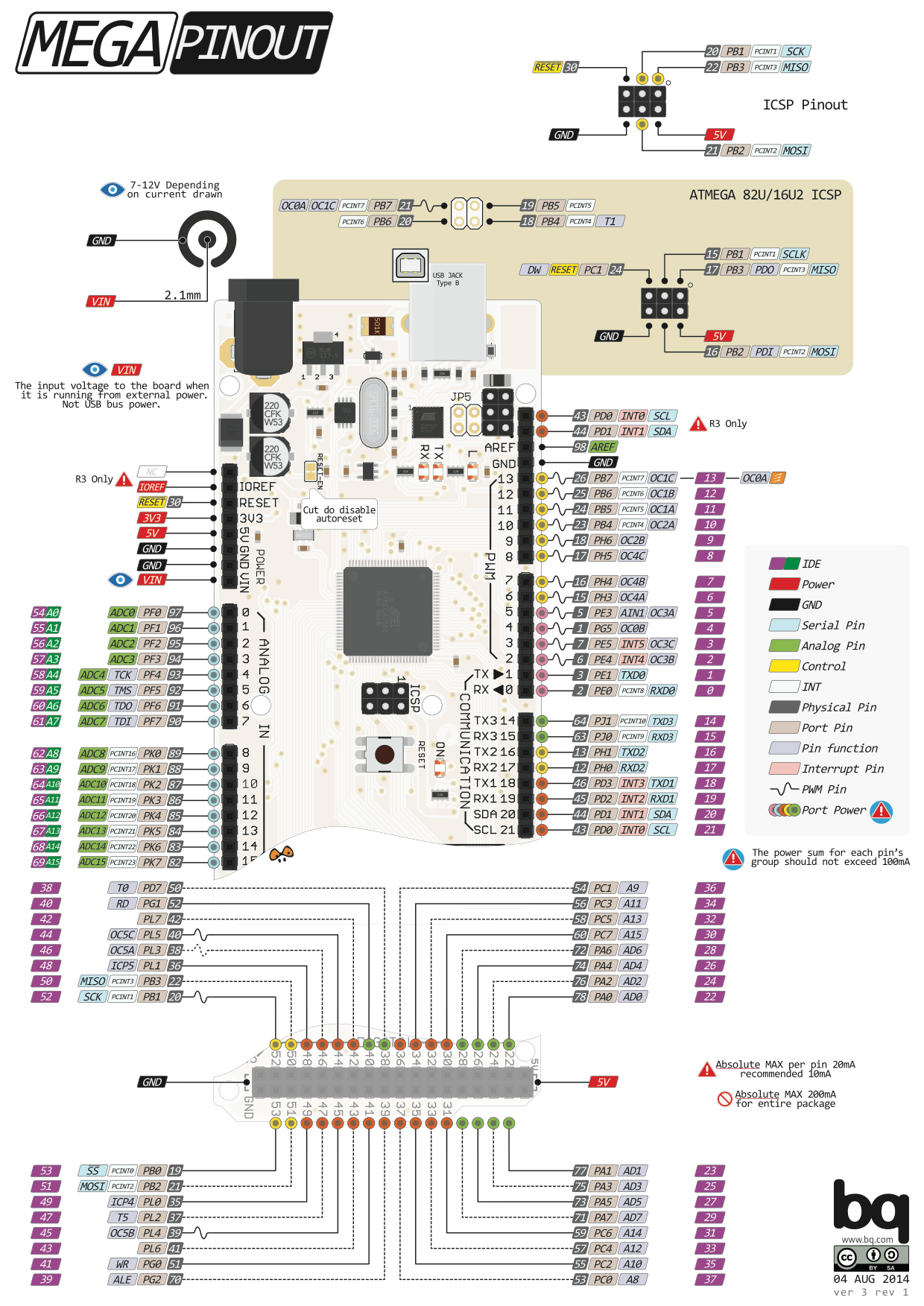 CLICK!
CLICK!
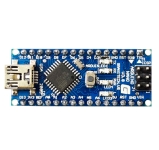
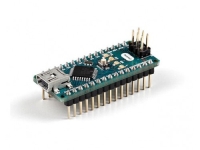
The Arduino Nano - Measures approx. 45x17mm or 1-3/4" x 3/4". The Nano is one of the smallest form factors in the Arduino arsenal. You get pretty much the same capability with this unit as you would an Arduino Uno and it fits nicely in smaller projects. We use it a lot. Arti, Super Flashlight, Super Lamp, and our WebCam system all use it.
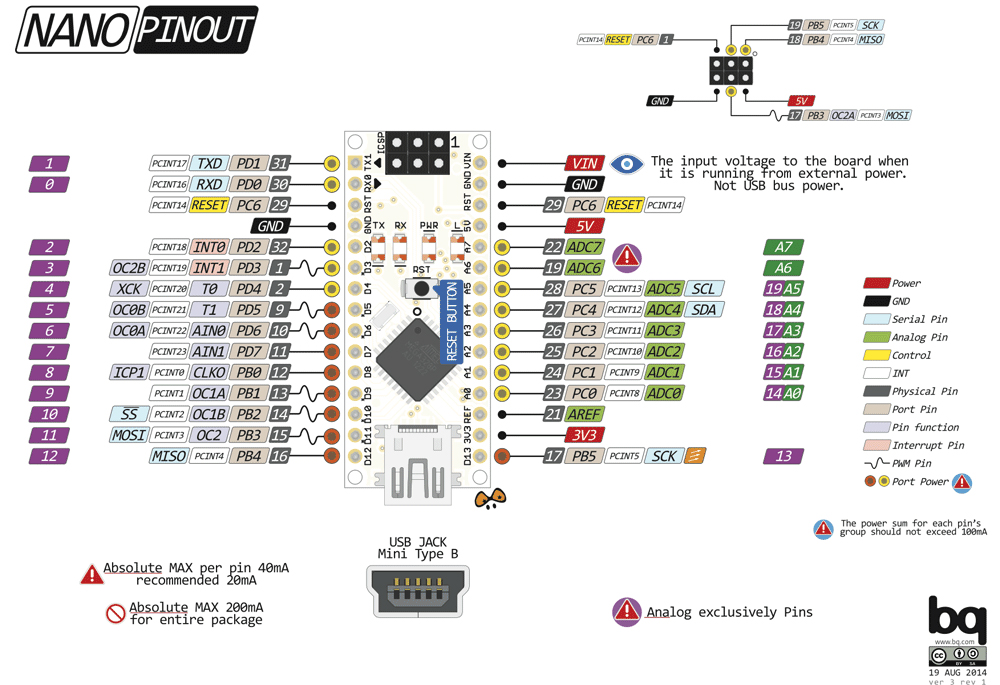 CLICK!
CLICK!

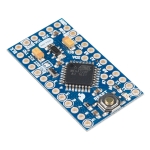
The Arduino Pro Mini - Measures 33x18mm or .7" x 1.3". The Pro Mini is one of the smallest and does not have a USB port for programming. A TTL to USB converter is used to program. The nice part about that is, it fits in smaller places. The Pro Mini gives you the same digital and analog capabilites as an Uno or Nano. Atmega328 running at 16Mhz.
 CLICK!
CLICK!

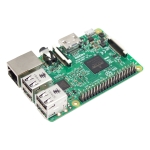
The Raspberry Pi 3 Model B - Measures 85.6x56.5mm or 3.37" x 2.23". The Raspberry Pi 3 Model B features a quad-core 64-bit ARM Cortex A53 clocked at 1.2 GHz. This puts the Pi 3 roughly 50% faster than the Pi 2. Compared to the Pi 2, the RAM remains the same – 1GB of LPDDR2-900 SDRAM, and the graphics capabilities, provided by the VideoCore IV GPU, are the same as they ever were. The Pi 3 includes on-board 802.11n WiFi and Bluetooth 4.0. WiFi, wireless keyboards, and wireless mice now work out of the box. We use this for wireless operation of our 3D Printers, Our Surveillance Cameras, and more.
 CLICK!
CLICK!